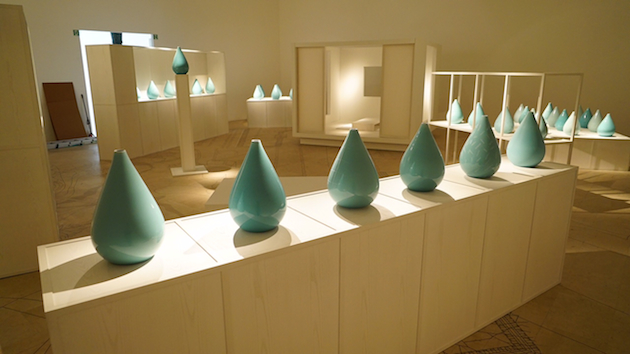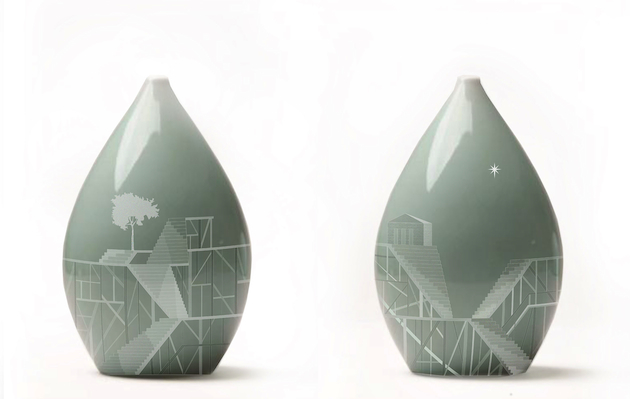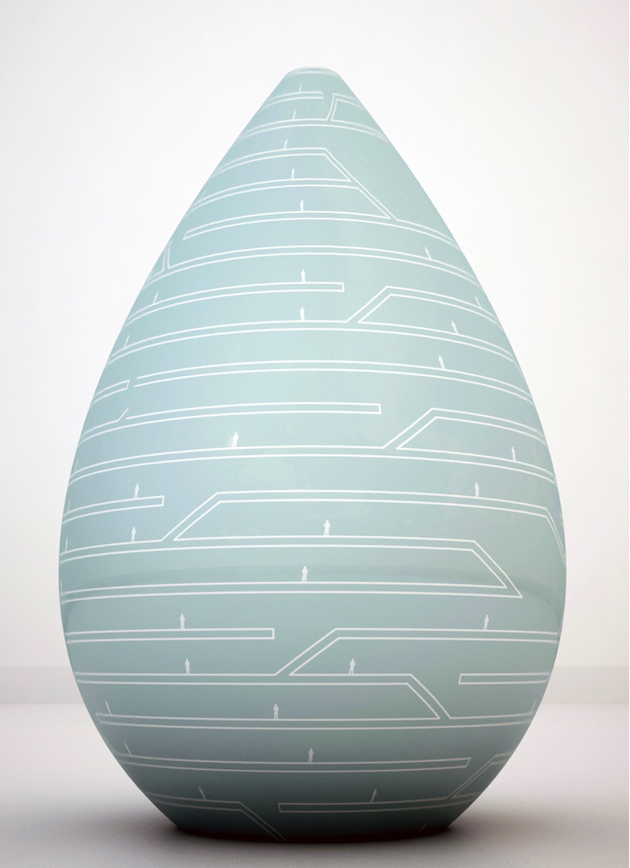
To investigate the very essence of design is the ambitious objective that the Gwangju Design Biennale, taking place in Korea from October 8th to November 15th, has decided to pursue for its sixth edition. All but predictable, the answer is the kind of semantic trap that, due to its inconsistency, often leads to another round of open questions: what is design? How big is its area of applicability? Does design have a common background when cultural traditions are so different, which is the case of West and East identities?

Thus, it might be reassuring to discover that Kyung Ran Choi, general director of Gwangju Design 2015, refused to take responsibility for such an unequivocal answer and preferred to inflect this elusive meaning in nine different exhibitions that will explore the vitality of Korean design and its multiple relationships with global attitudes and voices from the design world.

In the meanwhile, the Triennale of Milano offers us a sneak peek with “Design ‘Shin Myeong – Korea’s Phantasma”, a showcase of fifty artists and designers, 25 Korean and 25 Italian, who have been called to reinterpret the decoration of the Celadon vases, a great classic of Korean traditional craftsmanship. These green, iconic artefacts, originally created in China but soon becoming very popular in Korea and Japan in the XII century, have been conceived for this occasion by Kajn Lee, a Korean design talent with a strong passion for ceramic. The work of the other fifty designers, then, has been limited to a thin yet subtle intervention: impress into the surface a decorative theme that should not alter the overall perception of the vase, confining self-expression into the boundary of a given form and colour. An effort, once again, which seems to question the nature of design – is this design or art? How are western designers influenced by the fact that the exhibition is a tribute to the Korean monumental park of Soswaewon, which dates back to the XVII century? – and leaves to visitors the chance to go beyond surface, enquiring the value of tradition and how it is constantly updated.
Giulia Zappa
